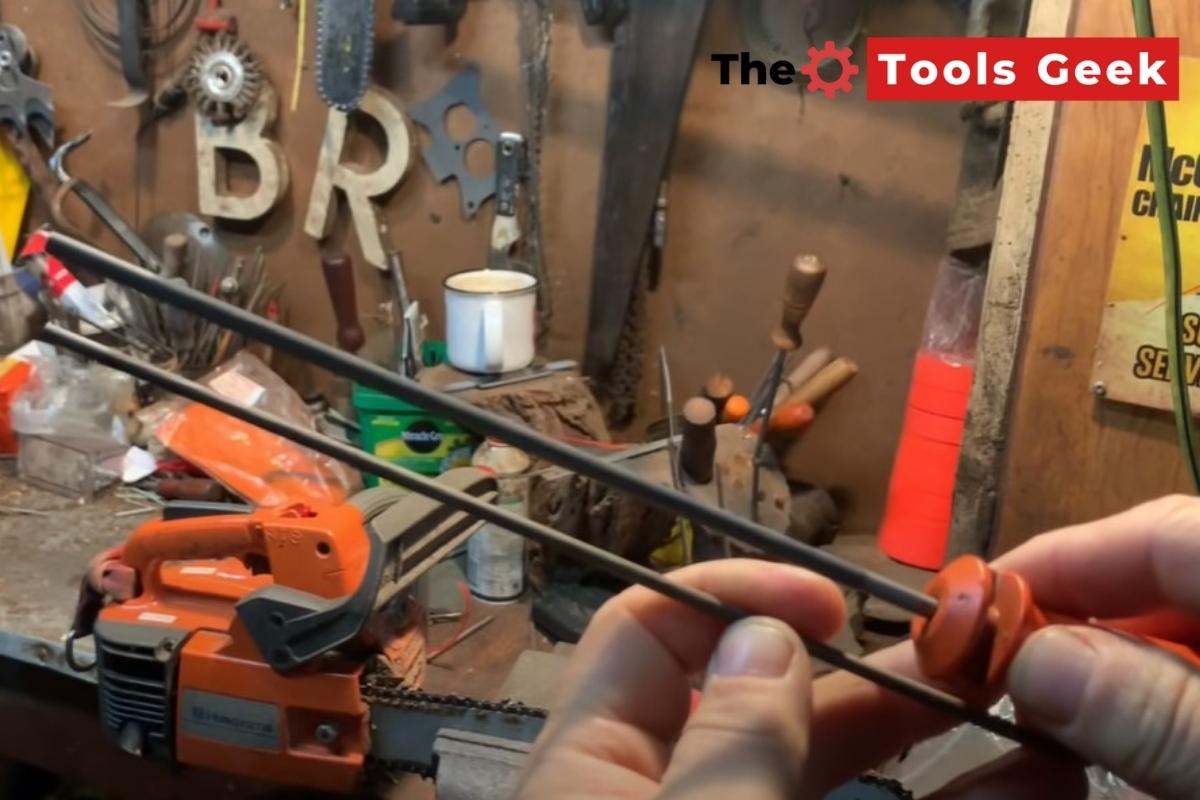After a few rounds of usage, the chainsaw blade may turn dull with a few wobbles here and there. How do you fix it? Use a chainsaw file of course. The two most popular of them are the 13/64 and the 7/32. But which one is the best?
For starters, both the chainsaw files adapt well, depending on the old or new condition. The 13/64 is a superb chainsaw file for new chains, whereas a 7/32 chainsaw file suits the used ones.
Lots of other differences in features such as giving better hooks, faster performance, convenience, etc are there between these two. If you compare the 13/64 Vs 7/32 file chainsaw the results will surprise you, indeed.
Comparison table
Now to know what more comparisons these two files have, let’s give a glance below.
| Features | 13/64 chainsaw file | 7/32 chainsaw file |
|---|---|---|
| Alternative size | 5.2 mm | 5.5 mm |
| Recommended for | New chainsaws | Used chainsaws |
| Longevity | Less | More |
| Wears out | Does | Does not |
| Performance | Faster | Less faster |
13/64 Chainsaw File
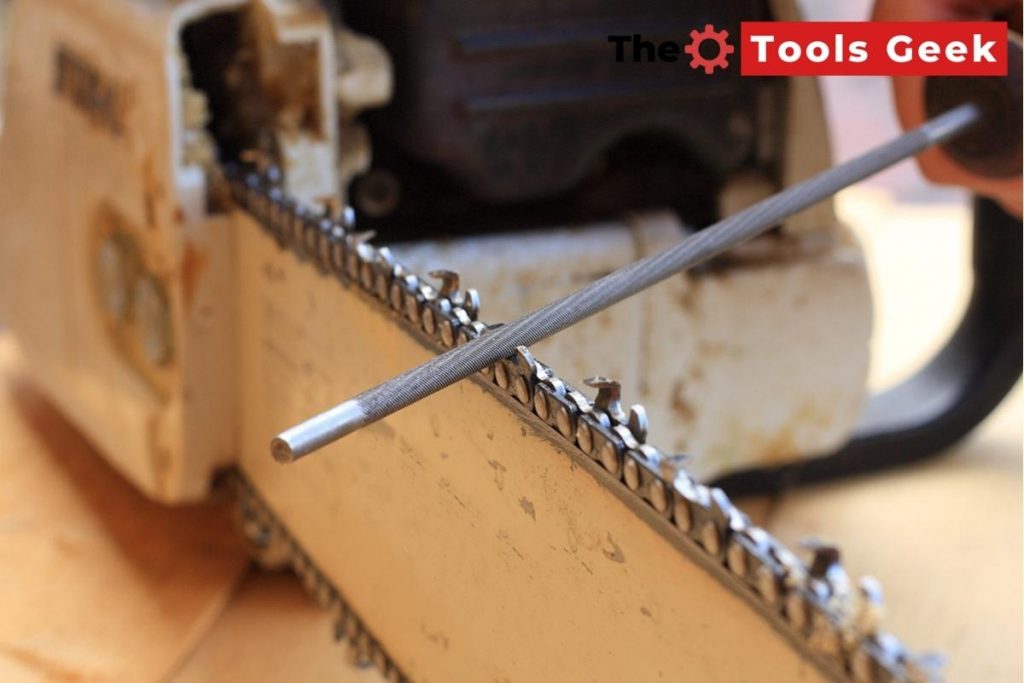
It’s never enough to praise the 13/64 Chainsaw file guide. In fact, Stihl recommends using a 13/64 Chainsaw file as it gives a better sharpening result. The well-known Stihl ms250 chain size also uses a 13/64 variant.
However, the size of the 13/64 chainsaw file is smaller to give a nice tuning on the chainsaws’ edges.
Mainly for shorter cutters, the 13/64 is going to give you a fine sharper result. Its smaller size can suit your blade’s edges perfectly.
In order to get a better top hook, the 13/64 chainsaw file is also a cheap but reliable choice. Then again, if you are using a new chain, a 13/64 file will improve the benchmark.
This file gives sufficient room in small spaces easily. As a result, you can sharpen the saw within a confined area; space is not a problem with this file.
Not only the new chains but also a semi-chisel can benefit from a 13/64 file due to its versatility. Overall, its fast working, and the ability to avoid files from tie straps can please any user.
7/32 Chainsaw File
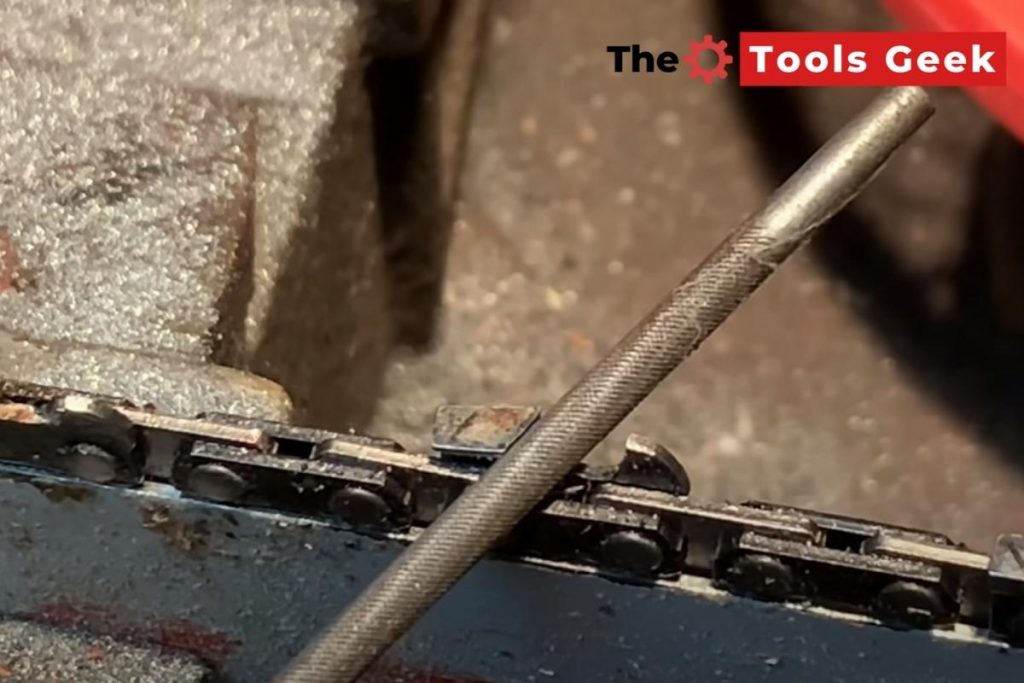
Although the 7/32 is slower than the 13/64 chainsaw file, it is not an inferior alternative either. For instance, if you use an old chainsaw, a 7/32 chainsaw file would be a good bet.
As the 7/32 file does not work too fast, it is less likely to give out an aggressive performance. We know aggressive performances in a chainsaw file are the mere causes to wear out a file faster.
This one can work faster when there is more room. Again, the rooms with a moderately C-shape are also perfect for the 7/32 chainsaw file.
The best thing about this chainsaw file is, it hardly wears out. So you can be tension free about the 7/32 chainsaw for old chainsaws.
13/64 Vs 7/32 Chainsaw File
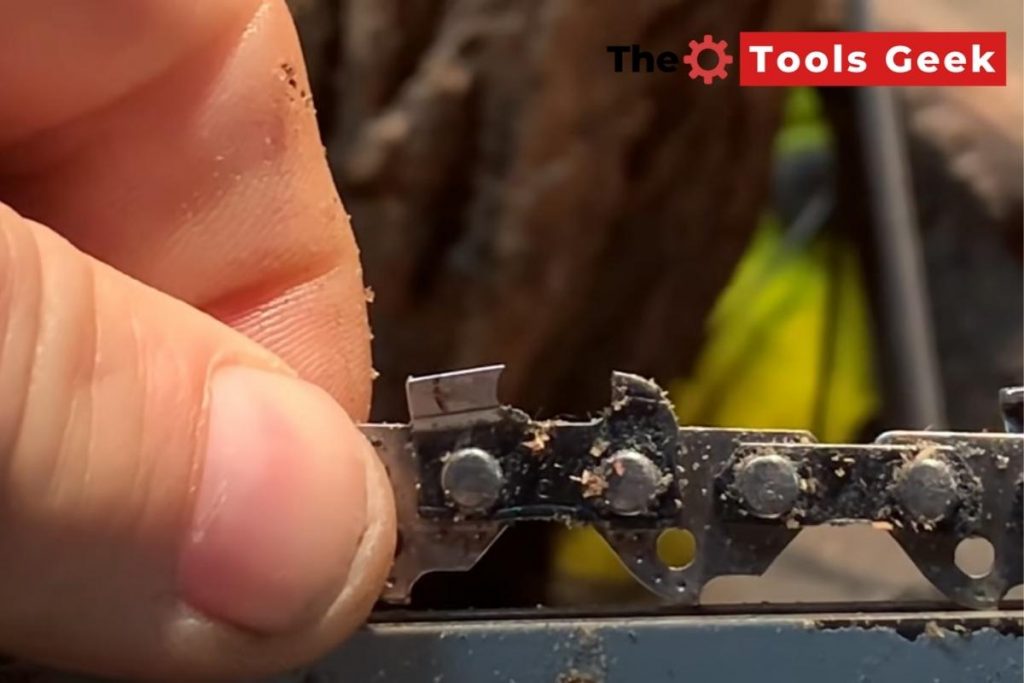
Till now, we were identifying the 13/64 chainsaw file and the 7/32 chainsaw file in their own ways. Now it’s high time to see which one wins the better through some feature comparisons:
Faster performance ( 13/64 Chainsaw File wins)
No doubt that the 13/64 chainsaw file works faster than the 7/32 chainsaw file since it gives a better hook. Though the size of a 13/64 saw file is smaller, it leaves no stone unturned in giving sharper edges to the saw blades.
In contrast, the 7/32 chainsaw file does not work as fast as the 13/64 chainsaw file. The hooks are not better here even. Also, it lacks aggressive performance, leaves less hook, and operates moderately.
Longevity (7/32 chainsaw file wins)
So far, the 13/64 chainsaw file caught our preference. But you will be surprised to hear that the 7/32 chainsaw file turns the table in terms of longevity. I have already said that the 13/64 Chainsaw file works faster and more aggressively. So, there is more chance for a 13/64 file to wear out.
On the flip side, the 7/32 chainsaw file does not work as fast as the 13/64 file. Thus, it cannot give an aggressive performance. So there is less chance for a 7/32 chainsaw file to wear out. In this way, the 7/32 file maintains its longevity.
Convenience in using (13/64 chainsaw file wins)
The 13/64 chainsaw file is a user-friendly object to use for a Stihl chain, especially when it is new. Accordingly, this file simply goes into every small space because of its smaller size. Don’t think that 13/64 is a bad choice for mid-life chains. However, the 7/32 chainsaw file would be preferable for it.
So, we can say that the 13/64 chainsaw file is convenient for a new chain and a 7/32 file is convenient for mid-life chains. However, the 13/64 chainsaw file is more user-friendly compared to the 7/32 chainsaw file.
Gives a better hook (13/64 chainsaw wins)
After a lot of experimenting, we have found that the 13/64 chainsaw file gives better tuning in edges with its small size. Again, it fits better when the teeth of the chainsaw become small. Within its fast performance, the 13/64 file presents a better top hook as well.
7/32 chainsaw files are not that popular in giving a better hook. They leave the cutter sort of open with an average performance.
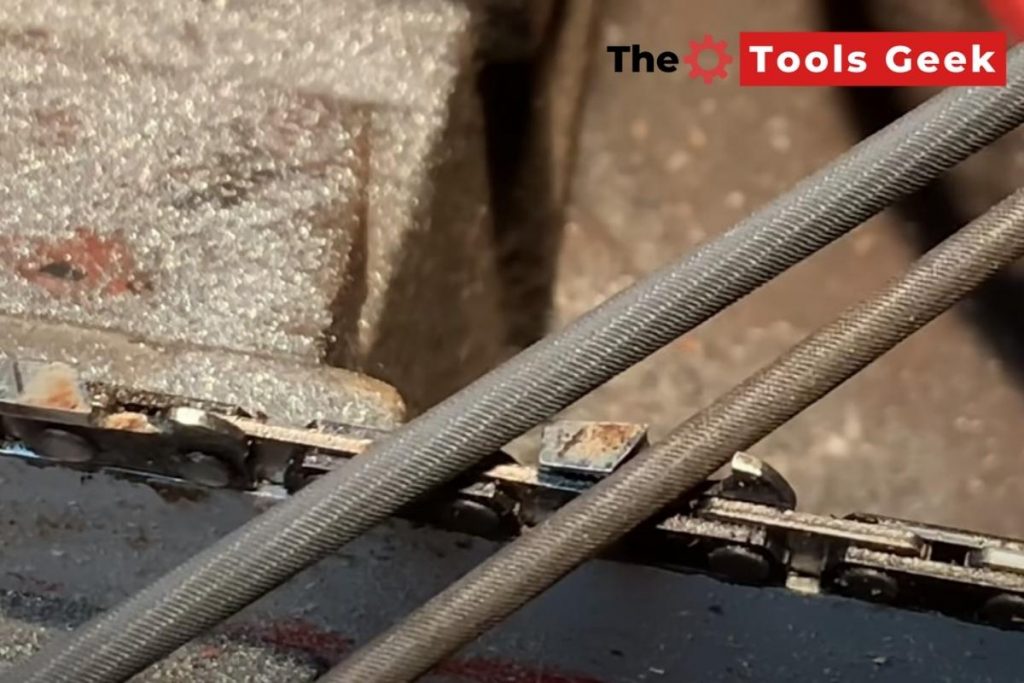
Frequently Asked Questions
What chain is a 13 64 file for?
A 13/64 or a 5.2 mm Chainsaw file is usually used for a 3/8″ chainsaw. The size of your chain pitch says what type of chainsaw file you will need. Besides, the cutting teeth will be higher if your pitch is larger. In the same way, you are to measure your 3/8 chain, and you will find that the 13/64 chainsaw file is your preferred size to sharpen it.
What size chainsaw file should I use?
As I have already said before, the size of a chain pitch corresponds to the size of a chainsaw file. If the size of your pitch is higher, it means a higher cutting tooth of the file is required. And we know larger files have high cutting teeth. So you can easily determine the size of your chainsaw file according to your chain pitch’s size.
What is the difference between 3/8 and 325 in chainsaw chains?
The main difference between a 3/8 chainsaw chain and a 325 chainsaw chain is their top cutter and tie strap. The 325 comes with a small top cutter and tie strap. Also, all saw blades will find it easier to turn. On the other hand, the 3/8 comes with a bigger tie strap and top cutter. The ease of turning out in this chainsaw might be a bit difficult.
How many times can you use a chainsaw file?
Since a chainsaw file can be sharpened up to 10 times or above, you can use it on that basis. Sometimes the cutters wear out unevenly just after a few sharpening. In that case, a professional may regrind the blade to uniform a precise shape. Using the same chain for many years can fail to mesh smoothly into the bar and sprocket. So try to use a new chain frequently.
Final Words
No matter which chainsaw file you are going to use, none of them is going to work badly. You just need to keep your requirements first if you want to decide between the 13/64 Vs 7/32 chainsaw file.
Suppose, your chainsaw chain is semi-chisel or new. Go for the 13/64 chainsaw file that time. But if you own an ordinary chainsaw chain that has been quite late in utilizing, pick up the 7/32 file for it.
I would also suggest you choose the 13/64 chainsaw file over the 7/32 chainsaw file if fast performance is your priority. Or else, the 7/32 works perfectly fine but not as fast as the 13/64 chainsaw file.
Let us know your thoughts. Best of luck.

